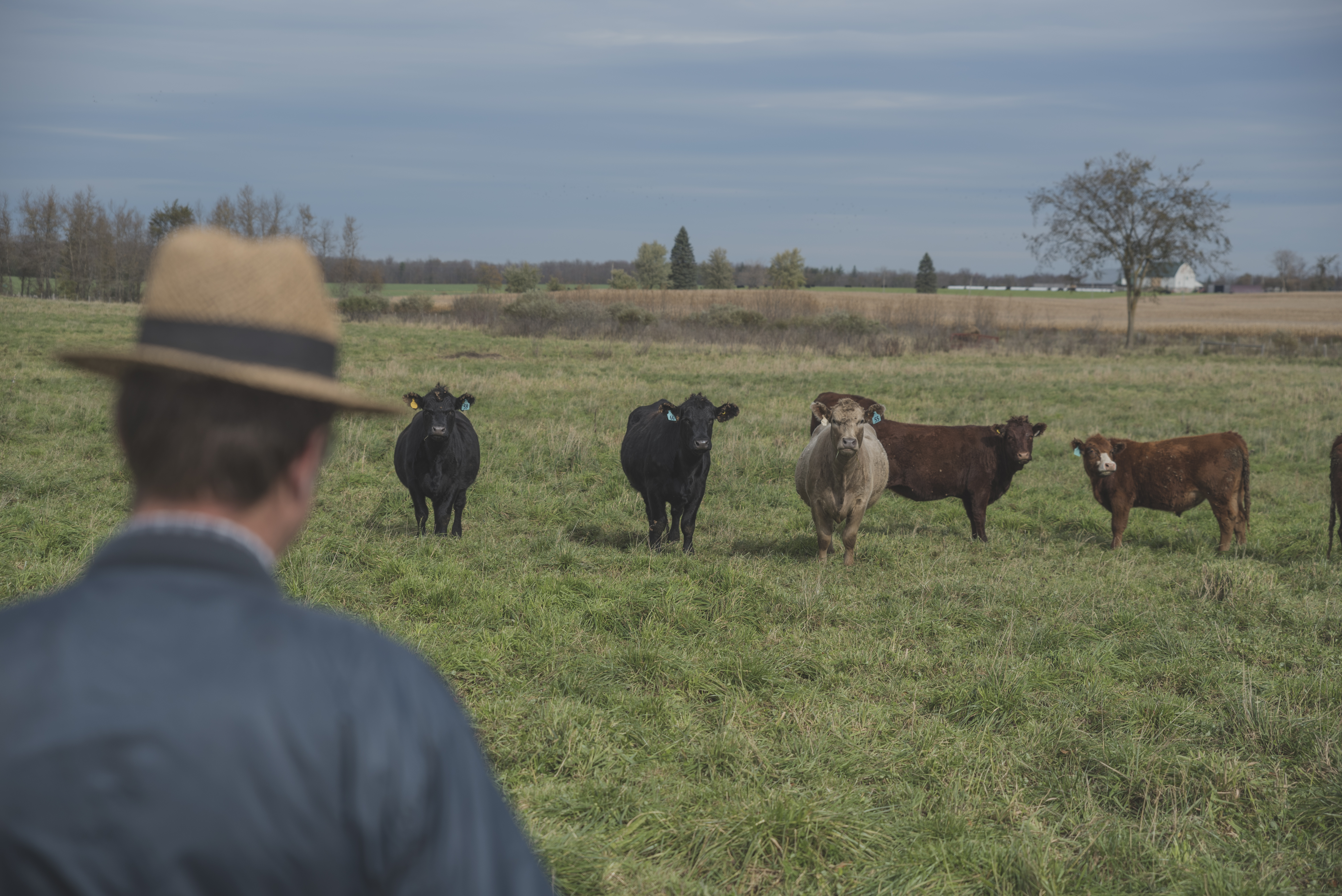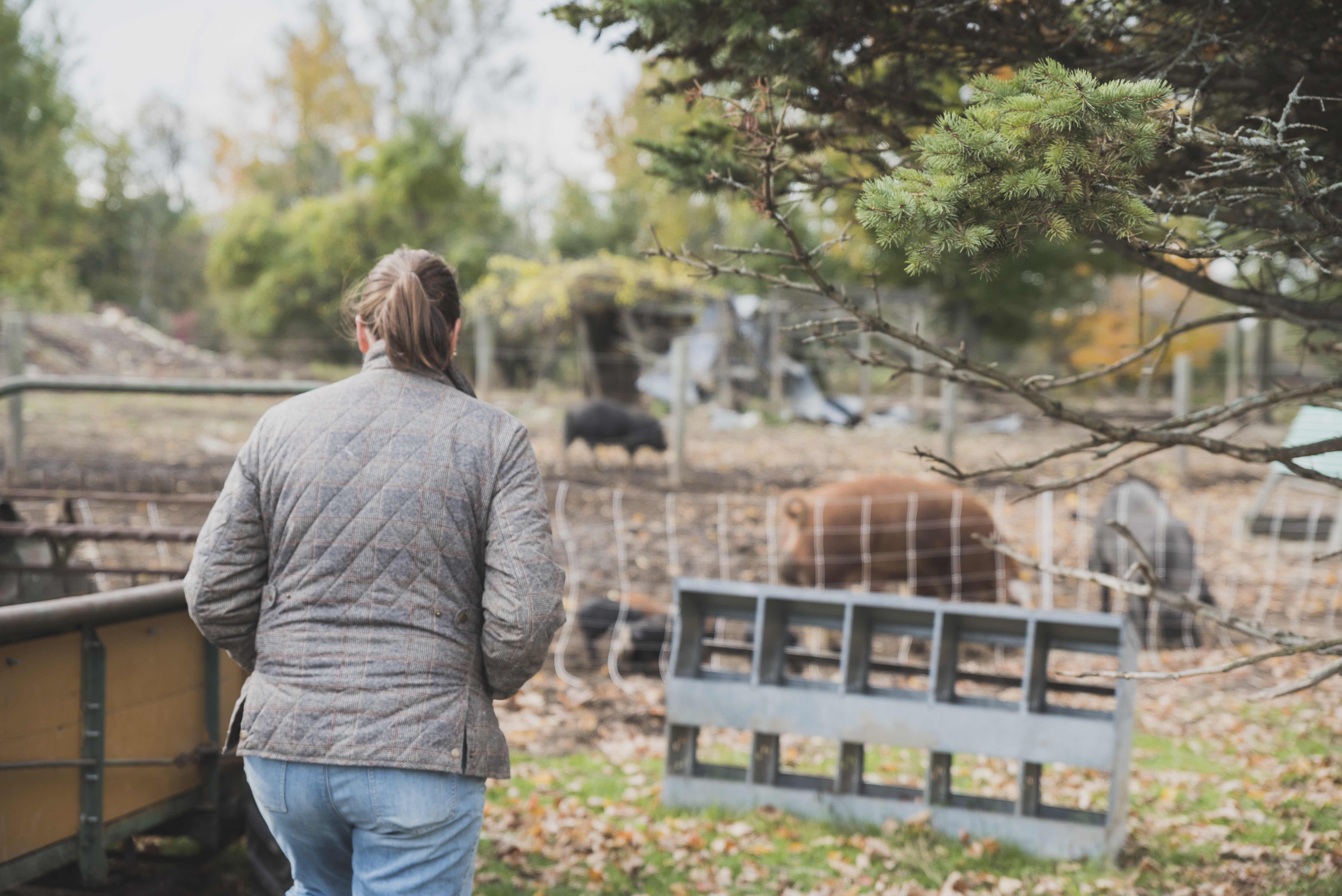Get $60 OFF throughout your first 2 boxes with code HOLIDAY60.
Offer ends in ::
Set your location to shop products local to you.
NIKU Farms
Thank you for your feedback!
If you requested further assistance, you’ll receive an email confirmation and we’ll follow up within 24 hours.
Got more questions? Start a new chat.
End chat
Are you sure you want to end the chat?
Cancel
Are you sure?
Your response has not been submitted. To process your request for further assistance, please hit the 'Back' button below, complete the form and submit your request.
Close Chat
In 2005, Alisa Smith and J. B. MacKinnon began a diet that restricted them to eating food grown within 100 miles of where they lived in Vancouver. For a year, they began writing about their experience with eating local food and recording their challenges. Their overall finding was that only eating local while living in an urban setting was not only possible but also beneficial. While the “100-mile diet” is now a very popular term, the basis for the concept is not unfamiliar. Eating local has been promoted by governments and farmers alike, but what does this entail and what’s the point?
Eating local is not difficult in the Greater Toronto Area because most of the city is not considered a food desert, and surrounded by farms included in the Greenbelt – which covers 1.8 million acres of farmland throughout the province. The 100-mile diet is basically what it sounds like: you only eat food grown or produced within 100-miles of where you live – the closer, the better. In a practical sense, this generally means either growing fruits and vegetables at home or purchasing them at local farmers markets. As long as the food is traceable, buying local produce from local food stores is also an option. However, meat is a bit different – check the label at grocery stores to see where your meat is coming from. Often, you’ll notice that conventional meat travels exceptionally long distances to reach your plate, and on top of that, it is not particularly good for you either.

So, why eat local? Simply put, every aspect of local food consumption benefits you, the environment, and your community. First, let’s talk about the environment – the area most benefited by eating locally.
Of course, eating local means that food has not traveled a long distance to reach you – and fewer greenhouse gas emissions from transport vehicles have been put into the atmosphere. Food from within a 100-miles of your home promotes the activity of local farmland and supports sustainable agriculture by reducing the reliance on conventional mass farming practices. On average, imported food travels 2,500 km before reaching your home. And around 11% of the greenhouse gas emissions involved in food production are just from food transportation. Additionally, eating local helps track the supply chain back to the point of origin to evaluate ecological practices for further research into the impact of agriculture near you. Local food is fresher, doesn’t have to travel a long distance, and therefore does not need to be heavily processed to preserve it – the fewer ingredients added to fresh food, and the fewer materials used, means a lower overall carbon footprint.
Eating locally also benefits you! Overall, it’s a safer bet. The conventional meat industry is a very flawed system. Animal welfare is overlooked, meat is designed to be grown and processed quickly, and contamination is constant. In October, the world’s largest meat producer – JBS – recalled 7 million pounds of raw beef because of salmonella contamination. Just last week, it only got worse – they recalled an additional 5 million pounds. Of course, any meat is susceptible to contamination, but there is a world of difference between mass-production and local meat farming. Healthier animals, very little processing, and freshness all contribute to cleaner, safer, and less risky meat. And consider: that’s 12 million pounds of beef that have been completely wasted. It is unacceptable. Grass-fed, added hormone and antibiotic free, ethically raised meat is clearly the way to go. And it’s just in your backyard.
Finally, local farming helps your community. Buying local grows and strengthens your local economy. Your money goes directly to the farmers producing the food, and that value is added to the product they produce. The University of Toronto says that
“this circulation of currency allows the local economy of flourish…Additionally, opting for local can also reveal any gaps in the local market which the community can fill.”
Money invested in local food helps the community grow and sustain the farmland producing the food. When you buy local, you are paying for the quality of the food and not necessarily the convenience. Imported food is so costly that most of the money that you give to a single tomato, for example, is paying for transportation more than the tomato. Only a small amount of that money goes back to farmers. Simply, buying local is getting your money’s worth.

The 100-mile diet may not be for everyone – as mentioned before, there is a slightly higher cost to switching to the diet and because eating locally is about eating seasonally as well, you may miss out on some foods you love. However, if you want to have a positive impact on the environment and take away some of the harm, or simply have healthier food on the table, you are getting your money’s worth with a 100-mile diet. Try going local for at least one day of the week to start with, or have your friends come over for a local dinner. Try planting some vegetables if you have space, too. You’ll notice the difference in your health, and you’ll notice how much better you feel knowing your money and food choices are helping your community.

when you subscribe to our mailing list.